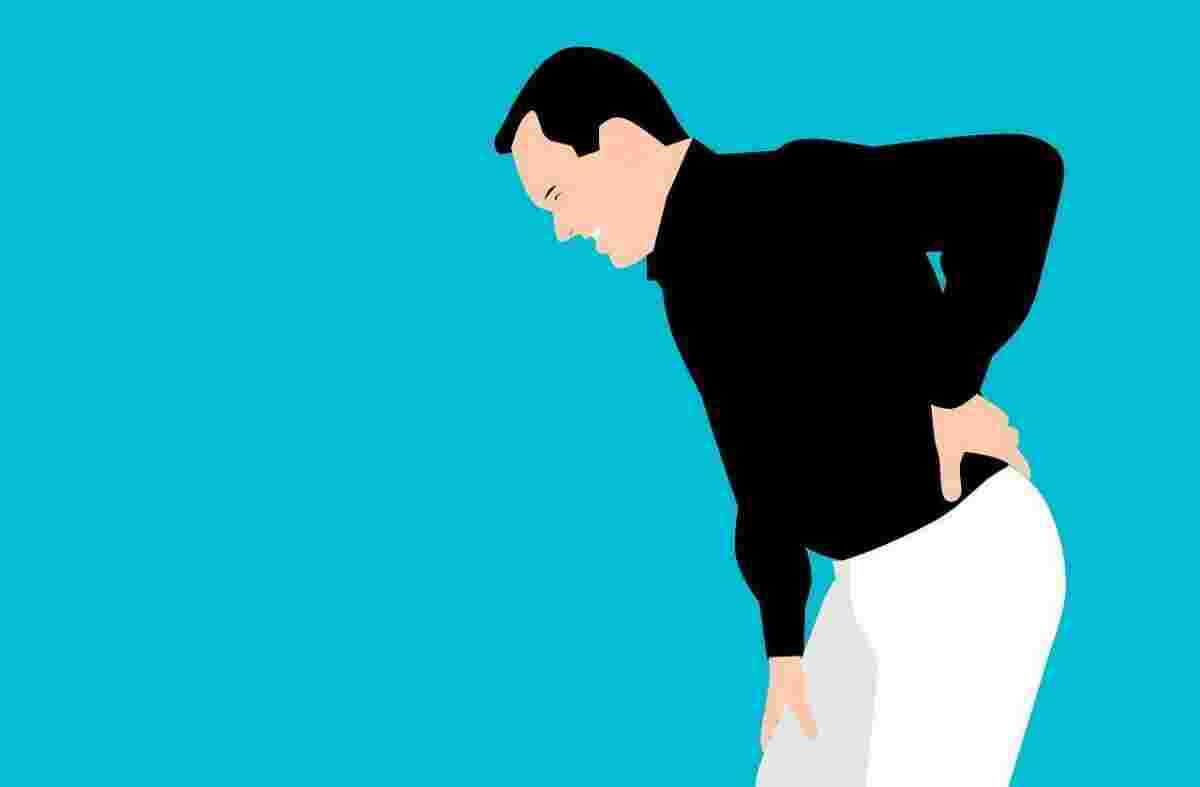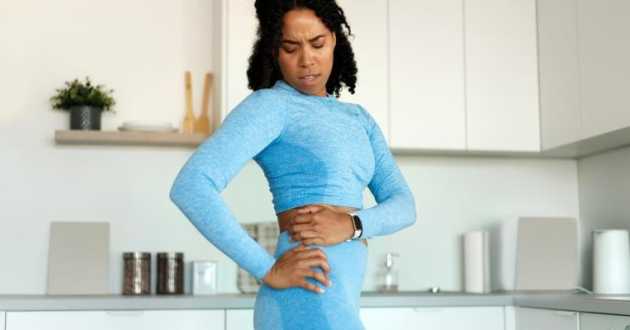5 Causes Of Back Pain And Ways To Treat It
- - Category: Diseases & Conditions
- - 31 May, 2022
- - Views: 690
- Save

Lower back pain is a common ailment, with up to 80% of people experiencing it at some point in their lives.
Lower back pain is a common ailment, with up to 80% of people experiencing it at some point in their lives. Back discomfort may be debilitating, preventing you from working, exercising, or spending time with friends and family.
Fortunately, you can alleviate lower back discomfort if you know what's causing it. While it's ideal to see a doctor to determine what's causing your discomfort, below are 5 of the most prevalent reasons for lower back pain and tips to relieve it.
1. Spinal stenosis
When one or more of the gaps in your spinal canal narrows, you develop a condition known as spinal stenosis. The spinal cord and nerves get irritated or pinched as a result of the constriction, resulting in back pain ranging from mild to severe. Osteoporosis is the most prevalent cause of spinal stenosis, which generally arises in the neck or lower back.
Pain relievers like ibuprofen and physical therapy are popular treatments for spinal stenosis. Steroid injections or decompression surgery to expand spinal canal space may be required in more difficult situations.
2. Herniated disc
A herniated disc happens when the jelly-like core of a spinal disc pushes through the outer covering. It can cause discomfort in your buttocks, thighs, and calves, in addition to your low back. Other signs and symptoms include numbness and muscle weakness throughout the body. It can be caused by various factors like regular wear and tear, aging, decreased flexibility, and twisting while lifting heavyweights.
Conservative treatment options usually include OTC pain medications, neuropathic drugs, muscle relaxers, opioids, and cortisone injections. Physical therapy may also be recommended by your doctor to alleviate your pain. Physical therapists can show you how to reduce the discomfort of a herniated disk by demonstrating postures and exercises. For some people with severe herniated disc surgery may be required to alleviate discomfort.
3. Muscle overstrain
Lower back discomfort is commonly caused by muscle strains. Stiffness, back spasms, discomfort spreading from the lower back into the butt, trouble standing straight, and pain lasting more than ten days are all signs that your back pain is caused by muscle strains. Muscle strain usually occurs due to muscles overstretching, muscles overusing, bad posture, and repeated bending or twisting.
Applying ice and gently massaging the damaged area might help relieve pain. Other treatment options include physical therapy, stretching exercises, and electrical muscle stimulation. You may also ask a pain doctor to prescribe you pain medications to relieve discomfort.
4. Osteoporosis
Osteoporosis causes bones to become weak and brittle, to the point that even mild stressors like leaning over or coughing can result in a fracture. The hip, wrist, and spine are the most prevalent sites for osteoporosis-related fractures. The most common symptoms of osteoporosis are back pain, gradual loss of high, stooped posture, and weak bones.
The treatment of osteoporosis depends on the severity and progression of your osteoporosis. If you have a high risk of fractures, the doctor might prescribe osteoporosis medications and bisphosphonates. Hormone-related therapy is also used to treat osteoporosis. If you have severe osteoporosis or if the other typical osteoporosis treatments aren't working, your doctor may recommend that you try bone-building medications.
5. Osteoarthritis
Osteoarthritis is the most common type of arthritis in the United States, affecting around 32 million people. It occurs when cartilage in the joints, especially those in the spine, begins to break down, causing discomfort. If you have other symptoms like stiffness, swelling, and a reduced range of motion in your hands, hips, or knees, osteoarthritis might be the cause of your back discomfort.
Back discomfort from osteoarthritis can be managed with medications like acetaminophen and ibuprofen. Physical and occupational therapy might also help to alleviate pain. In more severe situations, procedures such as steroid or cortisone injections and joint replacement may be required.


